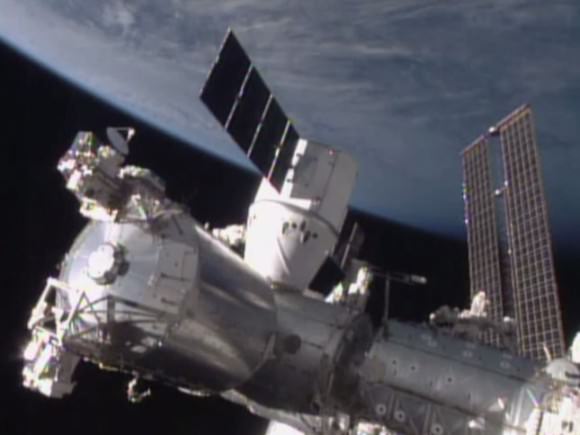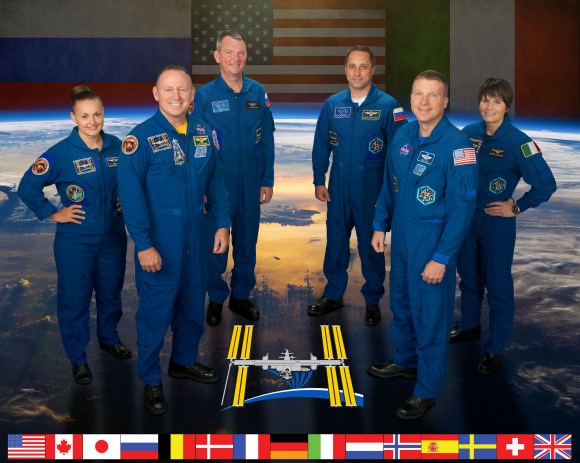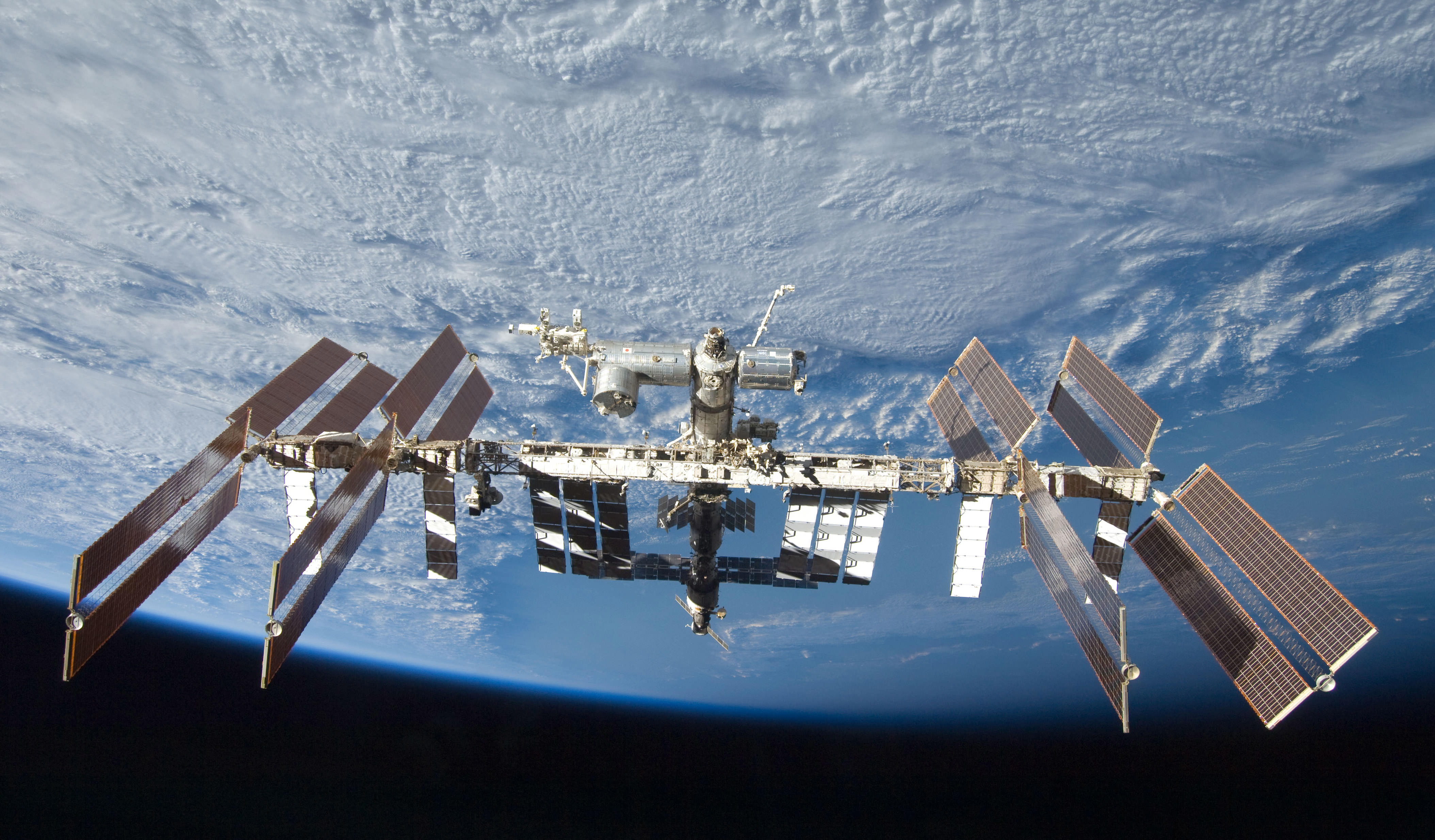Breaking News: A possible ammonia leak aboard the US side of the International Space Station (ISS) has forced a partial evacuation of the entire crew to the Russian side earlier this morning, Wednesday, Jan. 14.
All six crew members from the US, Italy and Russia are safe and in good shape at this time, says NASA and Roscosmos, the Russian Federal Space Agency.
Hatches between the US and Russian segments were sealed shut, pending further analysis.
Read my late day update – here.
Mission controllers are in the process of assessing whether it’s a real leak or a false alarm due to a faulty sensor or a computer problem. It’s not completely clear at this time.
The latest indications at 11 a.m. EST, Jan. 14, are that it may be a false alarm, says NASA.
“The security of a crew was guaranteed thanks to correct actions of the cosmonauts, astronauts and the crew of the Mission control centres in Moscow and Houston. Further plan of actions in the US modules must be prepared in Houston,” according to Roscosmos.
“For now NASA colleagues are analyzing situation”, – noted the head of Russian Mission Control Centre Maxim Matushin
Ammonia is a toxic substance used as a coolant in the stations complex cooling system that is an essential requirement to continued operation of the station.
There have been prior ammonia leaks aboard the ISS facility.
NASA announced that an alarm sounded in the US segment at about 4 a.m. EST. indicating a possible ammonia leak. As a result, all six Expedition 42 astronauts and cosmonauts evacuated the US segment.
“Flight controllers in Mission Control at NASA’s Johnson Space Center in Houston saw an increase in pressure in the station’s water loop for thermal control system B then later saw a cabin pressure increase that could be indicative of an ammonia leak in the worst case scenario,” according to a NASA announcement.
Therefore as a precaution after the alarm sounded earlier today, the crew was directed to isolate themselves in the Russian segment this morning while teams are evaluating the situation. The crew powered down non-essential equipment in the U.S. segment of the station according to established procedures, said NASA.
“In an exchange at 7:02 a.m. with Expedition 42 Commander Barry Wilmore of NASA, spacecraft communicator James Kelly said flight controllers were analyzing their data but said it is not yet known if the alarm was actually triggered by a leak or whether the situation was caused by a faulty sensor or by a problem in a computer relay box that sends data and commands to various systems on the station.”
The evacuation comes just two days after a commercial SpaceX Dragon cargo freighter successfully rendezvoused and berthed at the station on Monday, Jan. 11.

The ISS has been continuously occupied by humans for 15 years.
The current six person crew includes astronauts and cosmonauts from three nations; America, Russia and Italy including four men and two women serving aboard the massive orbiting lab complex.
They comprise Expedition 42 Commander Barry “Butch” Wilmore and Terry Virts from NASA, Samantha Cristoforetti from the European Space Agency (ESA) and cosmonauts Aleksandr Samokutyayev, Yelena Serova, and Anton Shkaplerov from Russia.

In the case of a life threatening emergency, the crew can rapidly abandon the station aboard the two docked Russian Soyuz capsules. They hold three persons each.
Stay tuned here for Ken’s continuing Earth and planetary science and human spaceflight news.


Hopefully everything will turn out to be OK. Anyway, kudos for using both “astronaut” and “cosmonaut” terms for mixed US, Italian and Russian crew.
Seems like it was a sensor malfunction, not actual ammonia. Good news.